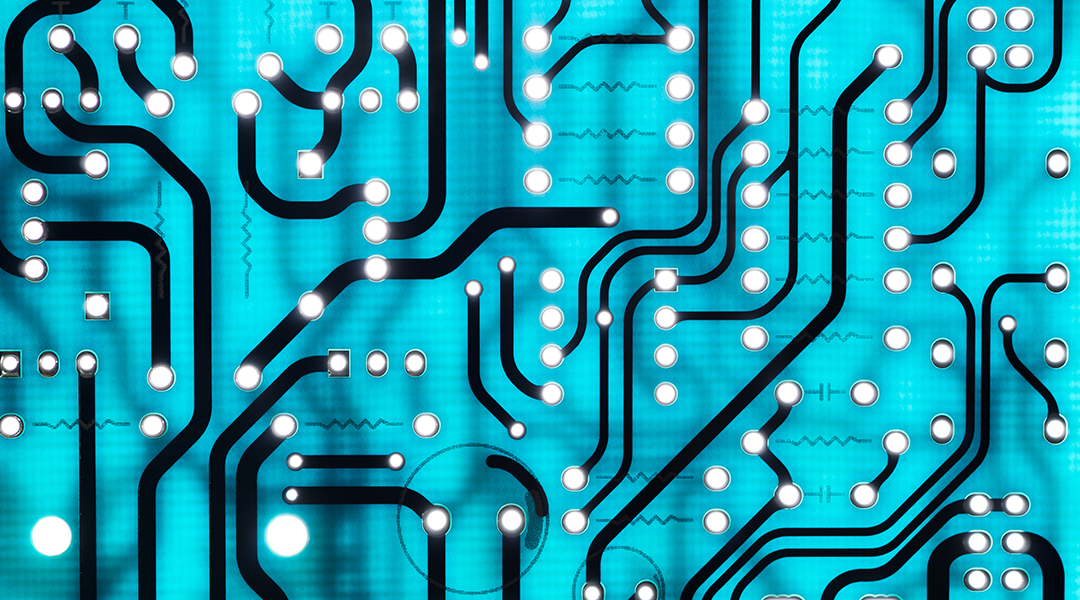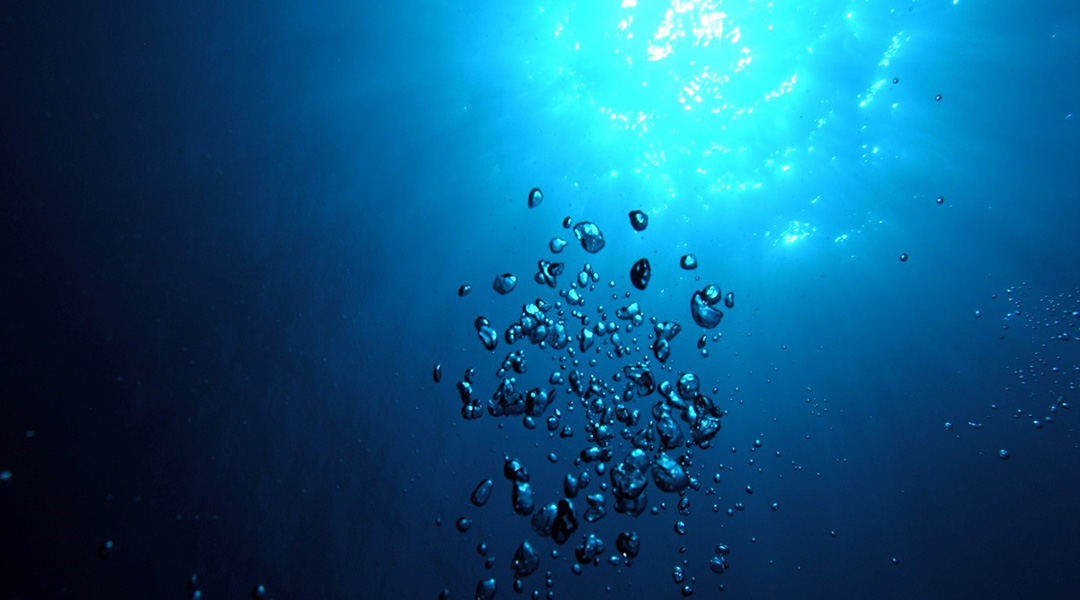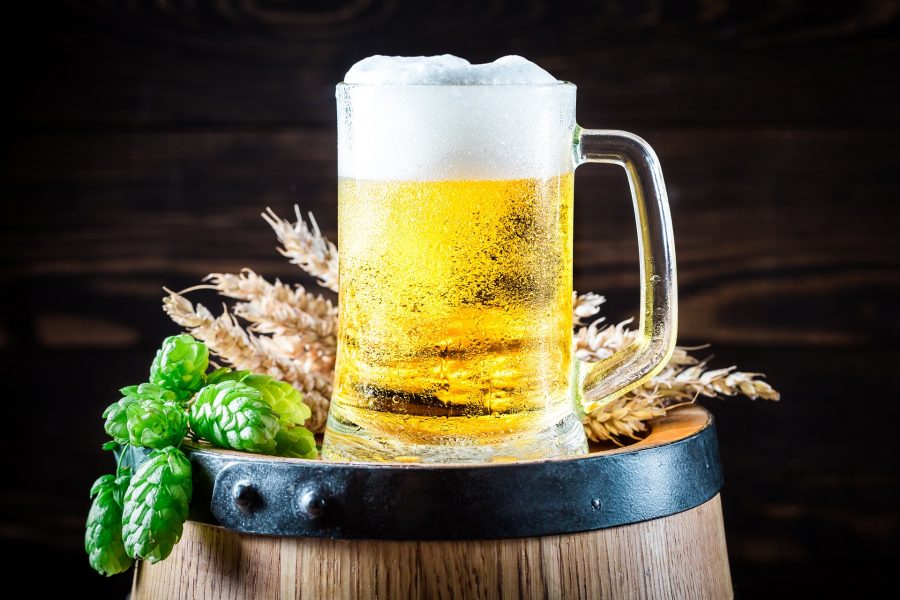Bridging the gap between biology and electronics, researchers develop biocompatible materials for next generation biosensors, cell monitoring, neuromorphic computing, and more.


Bridging the gap between biology and electronics, researchers develop biocompatible materials for next generation biosensors, cell monitoring, neuromorphic computing, and more.

Scientists feed live microalgal cells terbium to fabricate 3D functional devices.

Researchers use CRISPR-Cas12a as a DNA shredder to clean up and mobilize parts of DNA-origami structures.
![An Artificial Cell-On-A-Chip [Video]](https://www.advancedsciencenews.com/wp-content/uploads/2019/12/bacteria-359956_1920.jpg)
An artificial cell, which uses a microfluidics-based approach to engineer a modular and programable artificial‐cell‐on‐chip.

Scientists take us a step closer to making cell transplantation a viable clinical option.

Inactivating viruses from biopharmaceutical source materials can be achieved with detergents. However, the frequently used detergent Triton X-100 is ecotoxic and must be replaced with eco-friendly alternatives.

In 2019, CRISPR gene-editing therapy was used for the first time to treat sickle cell disease.

Producing carbon from brewers’ leftover grains.

“This work opens new avenues for material scientists and biologists to mimic in the lab the structure of living tissues and to upscale the production of engineered constructs.” ~ Dr. Riccardo Levato and Prof. Chris Moser.

In this essay, scientists from Spain and Denmark delve into the spectrum of possibilities offered by wearable and implantable healthcare devices and provide new insight into the cyborganic era.